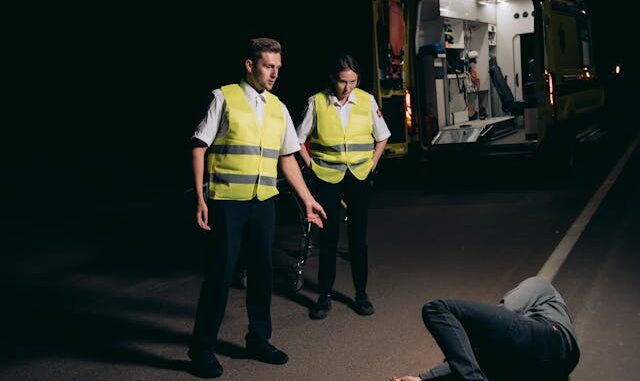
Car accidents are a jarring experience, leaving you shaken and dealing with the complexities of determining fault. In Ontario’s no-fault insurance system, establishing who’s responsible is crucial for managing damage repairs, medical expenses, and potential legal actions. While police reports and witness accounts play a role, dashcam and other video evidence are increasingly becoming powerful tools in this process.
The Rise of Dashcams in Ontario
Dashcams, small video cameras mounted on a vehicle’s dashboard or windshield, continuously record the road ahead. Their popularity in Ontario has soared, offering an unbiased perspective on accidents and their causes.
Benefits of Dashcam Footage:
- Unbiased Witness: Unlike witness accounts, which can be subjective or influenced by memory lapses, dashcam footage captures the events leading up to and during the accident objectively.
- Clear View: Many dashcams offer a wide-angle view, providing a comprehensive picture of the accident scene, traffic signals, and surrounding vehicles.
- Detailed Record: Dashcam footage captures crucial details like speed, lane changes, and driver actions that might be missed by witnesses or police reports.
- Dispute Resolution: Video evidence can be instrumental in resolving disagreements about the cause of the accident, particularly when witness accounts differ.
- Fraud Prevention: Dashcam footage can help expose staged accidents or false claims.
Beyond Dashcams: Other Video Evidence
While dashcams are a popular choice, other video sources can also be valuable in car accident cases:
- Traffic Cameras: Many intersections and highways in Ontario have traffic cameras that might have captured the accident.
- Security Cameras: Surveillance footage from nearby businesses or homes can offer valuable perspectives, especially for accidents in parking lots or near buildings.
- Bystander Recordings: In today’s smartphone era, bystanders might have captured the accident on their phones.
Admissibility of Video Evidence in Ontario
The admissibility of video evidence in court depends on factors like:
- Authentication: The source and authenticity of the footage need to be established.
- Relevance: The video must be relevant to the specific details of the accident.
- Clarity: The footage should be clear enough to discern crucial details.
- Tampering: There should be no evidence of tampering or editing of the video.
How to Leverage Video Evidence in Your Case
If you have dashcam footage or other video evidence, here’s how to utilize it effectively:
- Secure the Footage: Save the original video file on a reliable storage device and avoid editing it.
- Inform Authorities: Provide a copy of the footage to the police officer at the accident scene.
- Contact Your Insurance Company: Submit a copy of the video to your insurance company to support your claim.
- Consider Legal Counsel: For complex cases, a lawyer can advise on the best way to present your video evidence and ensure its admissibility in court.
Beyond Video: Additional Considerations
Remember, video evidence is just one piece of the puzzle. Here are other factors that can influence fault determination:
- Police Report: The police report provides a detailed account of the accident scene, witness statements, and the investigating officer’s initial assessment of fault.
- Traffic Laws: Understanding relevant traffic laws like right-of-way rules and speed limits is crucial in determining fault.
- Driver Actions: Actions like speeding, distracted driving, or failing to yield can significantly impact fault attribution.
Conclusion:
In today’s digital age, dashcam and video evidence are transforming car accident investigations in Ontario. By capturing an objective perspective of the events, these tools can empower you to establish fault accurately and navigate the aftermath of an accident with greater confidence. However, remember that video evidence is just one element. Consulting with a lawyer can help you understand the legal landscape, maximize the impact of your video evidence, and navigate the complexities of car accident claims.
